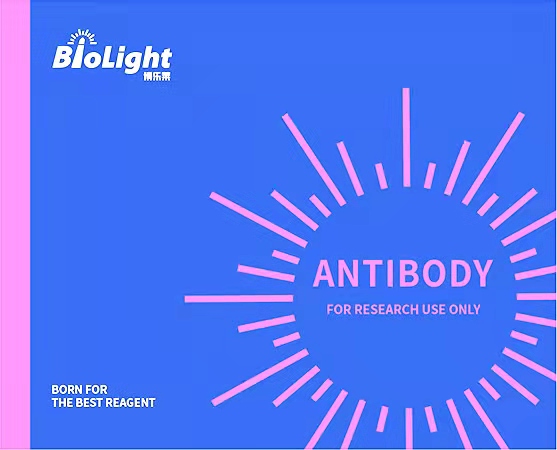
Anti-CXCL14 Antibody, Rabbit Polyclonal
產(chǎn)品編號(hào):PA00195HuA10
$ 詢價(jià)
規(guī)格 50uL 100uL 200uL 可選
產(chǎn)品名稱:Anti-CXCL14 Antibody, Rabbit Polyclonal
經(jīng)驗(yàn)證的應(yīng)用:IHC
交叉反應(yīng):/
特異性:human CXCL14
免疫原:Recombinant human CXCL14 protein, fragment Ser35~Glu111; UniprotKB: O95715
制備方法:Produced in rabbits immunized with human CXCL14, and purified by antigen affinity chromatography.
來(lái)源:Polyclonal Rabbit IgG
純化:Immunogen affinity purified
緩沖液:Supplied in PBS, 50% glycerol and less than 0.02% sodium azide, PH7.4
偶聯(lián)物:Unconjugated
狀態(tài):Liquid
運(yùn)輸方式:This antibody is shipped as liquid solution at ambient temperature. Upon receipt, store it immediately at the temperature recommended.
儲(chǔ)存條件:This antibody can be stored at 2℃-8℃ for one month without detectable loss of activity. Antibody products are stable for twelve months from date of receipt when stored at -20℃ to -80℃. Preservative-Free. Avoid repeated freeze-thaw cycles.
別稱:BRAK, SCYB14, BRAK, NJAC, Bolekine, Kec, MIP2-G, MIP2g, BMAC, KS1, Breast And Kidney Expressed Chemokine, Small Inducible Cytokine Subfamily B(Cys-X-Cys)Member 14
背景信息:CXCL14/BRAK. CXCL14/BRAK (breast and kidney-expressed chemokine), also named MIP-2 gamma, KEC (kidney-expressed chemokine), and BMAC (B cell and monocyte-activating chemokine), is a member of CXC chemokine superfamily (1-5). The deduced 99 amino acid (aa) residue precursor has a 22 aa putative signal peptide that is cleaved to produce the 77 aa mature protein. Mature human and mouse CXCL14 differ by only 2 residues. Human CXCL14 shares approximately 30% aa sequence identity with MIP-2 alpha (GRO beta ) as well as MIP-2 beta (GRO gamma ). The gene for CXCL14 has been mapped human chromosome 5q31. Unlike the MIP-2 chemokines, CXCL14 lacks the ELR domain preceding the CXC motif. CXCL14 transcripts are constitutively expressed at high levels in the basal layer of epidermal keratinocytes and dermal fibroblasts of skin tissues as well as lamina propria cells in normal intestinal tissues. CXCL14 has been shown to be a highly selective chemoattractant for monocytes that have been treated with prostaglandin E2 or forskolin, agents that activate adenylate cyclase. CXCL14 has been proposed to be important for regulating the trafficking of macrophage precursor to regions in skin and mucosal tissues that support their development. Consistent with this hypothesis, macrophages were frequently found to co-localize with CXCL14-producing cells in the dermis and lamina propria.
全稱:C-X-C motif chemokine 14 (CXCL14)
說(shuō)明書(shū):待上傳

